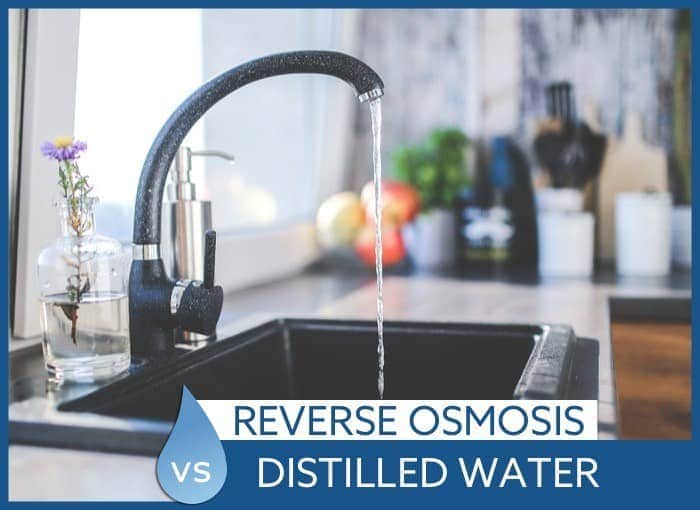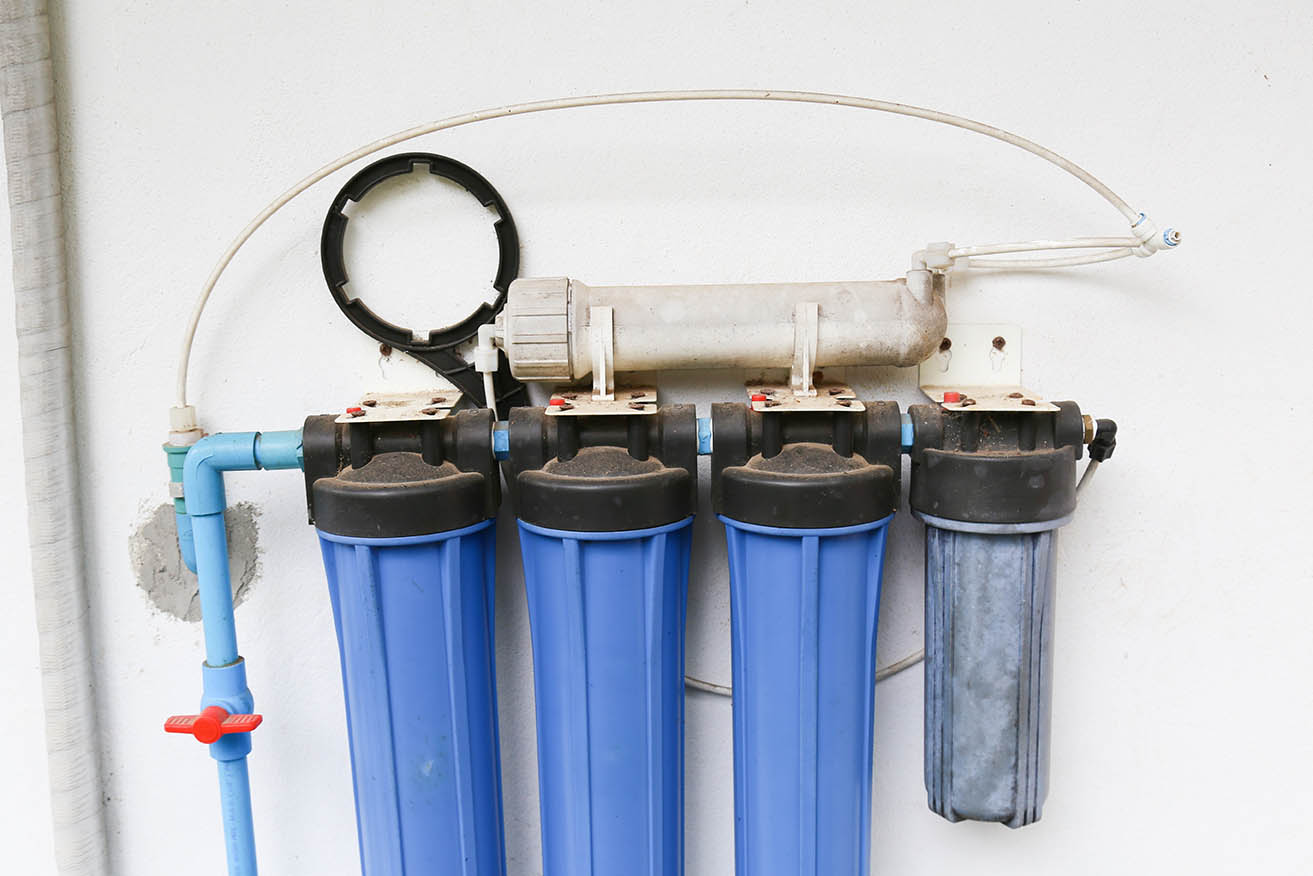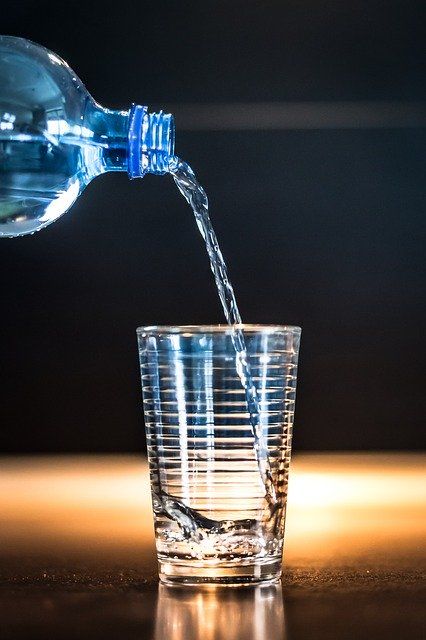Reverse Osmosis vs Distilled Water: Which is Better?
-
Pete Ortiz
- Last updated:

You’ve probably come across reverse osmosis systems and water distillers when looking for ways to get the purest and healthiest water in your home. While both provide contaminant-free water, they do so through entirely different methods. When it comes to reverse osmosis vs distilled water, which is better? Does it make a difference?
By the end of this article, you should understand the differences between reverse osmosis and water distillation. You’ll also know which one is better suited for your specific needs so that you can start drinking healthier water immediately.
What is Purified Water?
Water treated through either distillation or reverse osmosis is considered purified water. But what exactly is purified water? To be classified as purified, water must contain less than 10 parts per million (PPM) of total dissolved solids.
This means that the water is 99% devoid of all substances, even minerals that are beneficial for your health. It also means that there are no contaminants present. Purification removes all bacteria, protozoa, chemicals, minerals, metals, and more from the water.
Reverse Osmosis

This type of water purification uses high pressure to force water through a special reverse osmosis membrane. The membrane will remove all impurities from the water down to microscopic levels. This isn’t the end of the line, however. Reverse osmosis systems generally contain several stages of filtration that will each remove certain substances from the water.
At the end of the chain, a mineral filter is often used to add the essential minerals back into the water. This makes water from reverse osmosis systems very healthy to drink. The minerals also contribute to the taste of your water, so reverse osmosis water tends to taste crisp and refreshing.
Reverse osmosis systems generally fit underneath your sink and hook into your home’s main water line. They have dedicated faucets that allow you to get purified water on tap. The filters must be replaced about twice a year, more often in some systems. They can be customized to include as many stages of filtration as you desire. Because of their versatility, RO systems can be a bit of an investment to get started with.
- Completely purifies water
- Adds essential minerals back in
- Can be expensive
Distillation

Distillation is a precise way of purifying water. The process involves boiling the water to turn it into steam. Once the water boils, any impurities and contaminants are left behind. The steam is then collected in a condenser, where it is subsequently cooled off. As the temperature drops, the steam returns to a liquid state.
The drops of water are then passed through a final carbon post-filter, which is the last stage of filtration that removes any chemicals that may have boiled off with the water. The result is pure water that has only one part per million dissolved solids. Naturally, this means that no minerals are present to aid your health and give the water any taste.
For distilling water at home, a countertop distiller is your best bet. The devices distill and filter your water, removing all contaminants, even those that can potentially boil off with the water, such as VOCs and other chemicals. Each gallon will take about 4-6 hours to produce. Similar to reverse osmosis systems, water distillers can be rather expensive to get started with, and you’ll need to replace the carbon post-filter at regular intervals.
- Completely purifies water
- Only 1-PPM dissolved solids
- Removes essential minerals
- Tastes flat with no minerals
- Time-consuming process
Which is Better for Your Health?
Since most people are looking for improved water sources to aid in good health, it makes sense to ask which purified waters are better for you. While both methods strip everything from the water, including essential minerals, reverse osmosis systems generally go further by adding the minerals back in. Drinking water devoid of minerals won’t necessarily make you deficient, but removing a source of healthy minerals from your diet should be done with caution.
If you choose to drink distilled water, you should eat plenty of mineral-rich vegetables so you don’t become deficient. Reverse osmosis water will give you all the benefits of purified water while reintroducing the good minerals and adding flavor to the water, making it the better choice for drinking water.
Conclusion
Although distilled water and water prepared through reverse osmosis are both forms of purified water, they’re still not the same. Reverse osmosis systems treat the water by passing it through several stages of filters and RO membranes that strip it of all impurities. The final stage is often a mineral filter that will replace the essential minerals stripped during purification. The result is pure yet delicious and healthy water that’s great for drinking.
Distilled water is purified down to just one part per million of dissolved solids. To do this, water is boiled, leaving the contaminants behind. The steam is collected and cooled, being filtered one last time in the process. In the end, pure, distilled water is left behind with no remaining impurities, including essential minerals. Both of these systems have their own benefits and drawbacks. Reverse osmosis water is healthier to drink overall, but when it comes to reverse osmosis vs distillation, which system you choose ultimately comes down to personal preference.
- You might also like: Reverse Osmosis vs Carbon Filter: Which Is Better?
Featured Image Credit: Hold my ARK, Pexels
Contents



